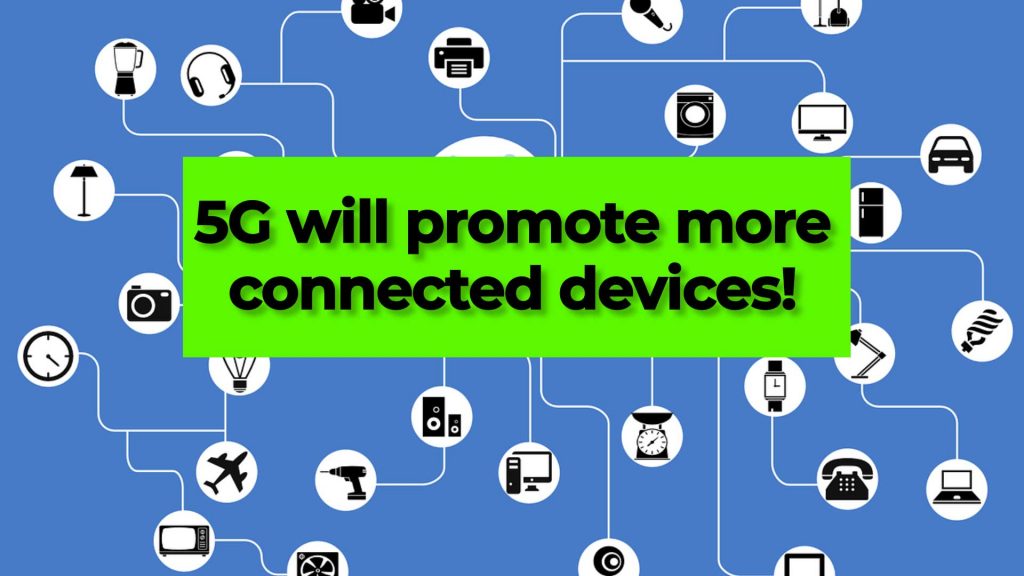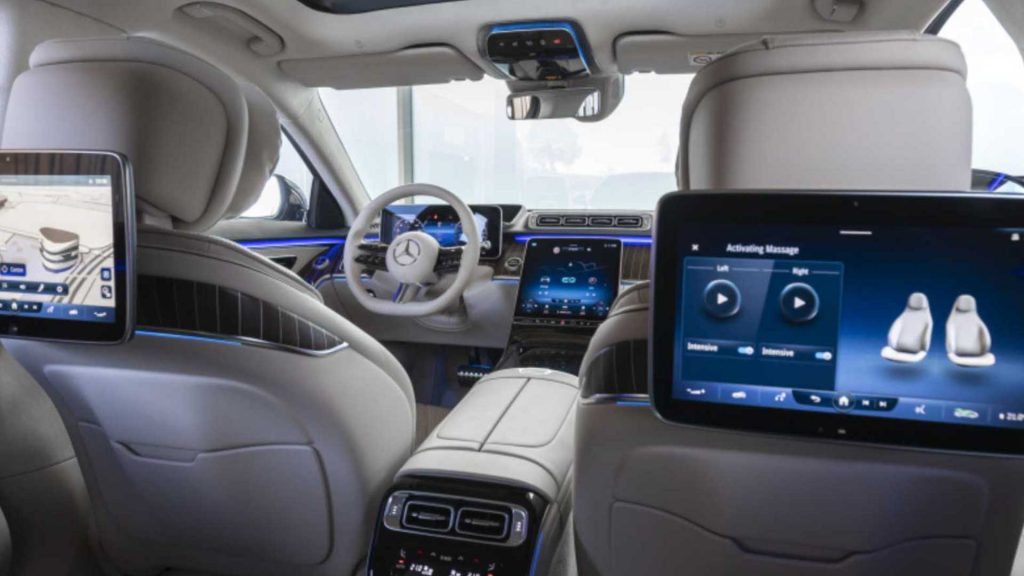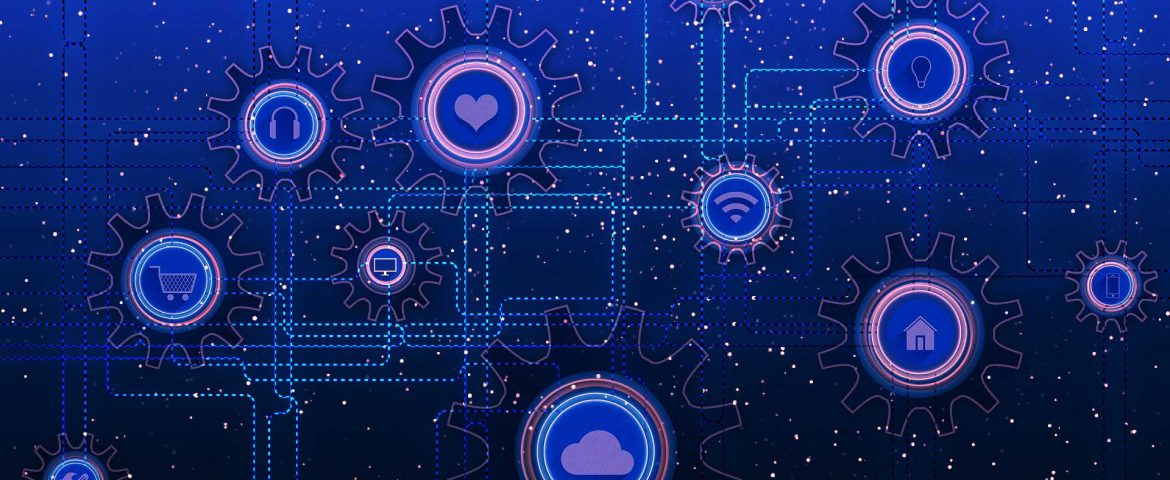First, What is 5G?
5g is the next-generation technology for mobile data connectivity, so it’s the next iteration of how your phone uses data when not operating on wi-fi. Each progressive generational change has been a large step towards improving speeds and bandwidth. Nearly a decade ago 4g made a big splash as it starting replacing 3g. The advent of 4g made data consuming apps like youtube, Snapchat and Instagram trouble free to use even while just operating on remote data.
The major benefits of 5g over 4g are its ability to more seamlessly connect to many devices at once, much higher capacity and bandwidth which will reduce latency and of course, higher speeds. Many providers hope to achieve 1g per second speeds, but these speeds are still a ways away. For now, many testers are seeing speeds that are 2-3x that of 4g, so around 75-120mb/s. Still a substantial jump in performance.
While it will take a few years for 5g to become the norm, it will start to make a big difference for anyone or anything using cellular data.
Just like other cellular data types, 5g uses “cell towers” which transmit data through radio waves.
For consumers, this means that huge amounts of HD video, virtual reality content, games, large resolution photos and more will become much more commonplace outside of Wifi connectivity. Users should easily be able to stream or video chat with 4k resolutions on both ends. Watching tv shows in 4k on the commuter trains should be no problem! Even in houses, 5g cellular connectivity could become even faster than wifi is. Previously, data firms had to replace cables into each house with fiberoptic lines to generate needed speeds, but now there is the possibility that providers like Comcast and AT&T will simply give you a wireless modem that will connect to their cell towers. This should on paper be a win-win as it means less physical running of newly upgraded cables into each house, but also the potential for cheaper gigabit connections for consumers.
So how will 5g transform supply chains?
For supply chains, in short, it means that everything will be connected in a much more “real-time” way. For example, trucks will have large amounts of instant data connectivity between dispatchers and even shippers. So things like estimated arrival times, any delays, the temperature of the refrigerated trailer, tire pressures, tire temperatures, etc can all be monitored with more detail and less delay in the data stream.
The short answer is that supply chains will be more connected and more visible.

Supply Chain Connectivity
As sensors and data transmitters become less costly, more and more objects will have data reporting and processing capability. In the future, every trailer, container, or even pallet could have some type of data transmitter that shares its location, status, and other important details.
It will make supply chain managers’ lives much easier because they will always have “eyes on the freight”.
For shippers, it will reduce any unknowns within their supply chain, pharma firms will have no questions about the integrity of their freight or the temperatures at which it was transported at. Produce shippers will have real-time information on temperatures which will be an easy way to guarantee product quality to customers.
Transportation providers like railways, trucking firms, air freight companies, and ocean freight companies will gain immense knowledge of their own networks. The number of “check calls” and wasted time simply verifying the status of containers or freight will be reduced significantly.
Often technology experts will refer to this expansion of connected devices as the “internet of things” (IoT).
Supply Chain Visibility and Big Data
All of these devices will be capturing vast amounts of data that can then be analyzed for a variety of purposes. Machine learning and better data predictions will become that much easier with more real-time data.
The end goal would be for computer systems to self plan and solve supply chain problems before they even happen. For machine learning to become really effective, the amount of data to build a model from needs to be quite large, and the IoT that 5g provides will greatly aid this.
Expect shipping firms like intermodal providers and ocean shipping companies to start to offer a stronger range of visibility products and offerings.
From a casual viewpoint, it might as though supply chain visibility is actually pretty good in 2021, with the advent of nearly every pallet and truck container a data transmitter, supply chain visibility will become real-time in a manner hard to even imagine.
5G and Supply Chain Cloud Computing
5G’s ability to connect devices will further increase the efficiency of cloud computing services as a lack of connection will become increasingly rare. As many companies are doing, moving to cloud-based solutions can create strong efficiencies and reduce the capital needed for on-premise hardware. Over the coming decade, cloud computing will become even more dominant within the supply chain as more and more tech providers as well as incumbent supply chain providers make the move to cloud-based IT infrastructure.

Advanced Transportation
Several firms are working on autonomous vehicles including freight delivery drones, trucks, forklifts, and even ships. All of these vehicles will require 5g levels of data connectivity to properly function. The amount of data they will need to collect, analyze then act on to work in a safe and efficient manner is only possible with 5g.
Over the next decade, 5g will greatly aid in the optimization of self-driving technologies and spur the development of delivery drones and trucks.
Auxiliary Systems
Beyond the direct application to supply chain-related hardware, 5g will also spur even more robust data transfer between supply chain players, such as between shippers, 3pls and customers. The ability to securely process huge amounts of financial transactions will also aid the various players within the supply chain industry, as often supply chain payments are still very manual in processes.
The proliferation of augmented reality and virtual reality should also be made easier with the data connectivity and speeds that 5g provides. Looking forward, it would be much easier for a management team in the US to “walk through” their factory in Vietnam, then inspect the loading of electronics devices in real-time all remotely.
As the use of robotics increases, expect to see remote workers in a foreign company operating forklifts and even trucks in the US from across the world. The needed data connectivity to do this is only now becoming widely available with 5g.
In conclusion, 5g offers a huge step in data connectivity in terms of speed, latency, and bandwidth, which will promote a huge array of devices being connected to the “internet”. Over the next decade, 5g will help to better connect supply chains through data analysis, visibility, and other advanced transportation solutions.
If you want to see any topic covered, or want to reduce supply chain spend, let us know!
Zmodal is a top intermodal shipping company providing door to door intermodal, and full truckload services nationwide throughout our digital supply chain dashboard which provides easy route searching, booking, document management, and analytics.



